If you’re thinking of delaying that eye exam, think again! One cannot stress enough the importance of regular eye exams for those with diabetes. The risks of getting eye-related complications increases drastically for those with diabetes but the good thing is that if caught on time, most of these conditions can be reversed without any damage to the eye. Even in advanced stages of diabetic retinopathy, treatment through laser can undo most of the damage, to give you relatively trouble-free vision. If left untreated however, diabetic retinopathy can lead to a complete loss of vision.
If you are a diabetic there are three different ways your healthcare provider will test your eyes. Given below is all you need to know about these exams.
Dilated Eye Exams:
With a higher risk of eye complications, the doctor might do a dilated retinal exam. First of all, your vision will be checked using the regular Snellen Chart, with alphabets and numbers; the kind opticians use. The doctor will then give you eye drops that will enable him to see the back of your eye. The drops may sting a little and will give a metallic taste in your mouth, but that is only temporary. Now, he’ll be able to examine blood vessels in the front, middle and back of the eye, as well as the optic nerve. There are a number of things that could point towards eye problems and your doctor will rule out each one of them.
Eye Exam Must Check for:
• Presence of cataract
• Blood vessels that look deformed or abnormal
• Deposits of fat and blood
• Swelling or inflammation
• Presence of new blood vessels
• Scar tissue in the eye
• Presence of blood in the vitreous, the jelly like substance that fills the eye
• Complete detachment of the retina
• Problems with the optic nerve.
If he sees any symptoms of damaged vessels or the beginnings of diabetic retinopathy, you will be scheduled for further testing. With the help of a slit lamp he will examine the surface of the eye too.
Retinal Photography and Flourescein Angiography:
The next step in eye testing is retinal photography. Arguably, retinal photography is sometimes the only way to see the earlier stages of diabetic retinopathy. If you’ve had diabetes for more than 20 years, you might want to go for this test. It is a sophisticated process in which a detailed picture is taken of the back of your eye, after using eye-drops to dilate the pupils. A special retinal camera is used for the purpose.
Later, florescein dye is injected into a vein in your elbow. The only discomfort you might feel is the prick from the needle and some throbbing at the site later on. The dye is used to observe the flow of blood in the retina and choroid layers of the eye and pictures of the eye are taken again. The pictures allow your healthcare provider to monitor your eye health, to ensure you’re not suffering from the complications associated with diabetic retinopathy. Unlike, regular eye exams retinal photography is a more reliable way of seeing some of the warning signs mentioned above.
For experts, each of these tests allows them to see abnormalities within the eye. Any leakage or swelling in blood vessels is visible, so that diabetic retinopathy is detected in its earlier stages.
Diabetes and Eye Care … read more:
Each article is published individually and after careful review by Gluxus’ medical panel. Please check myGBlog® section frequently for information on additional topics.

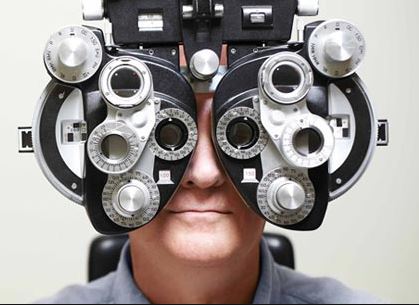

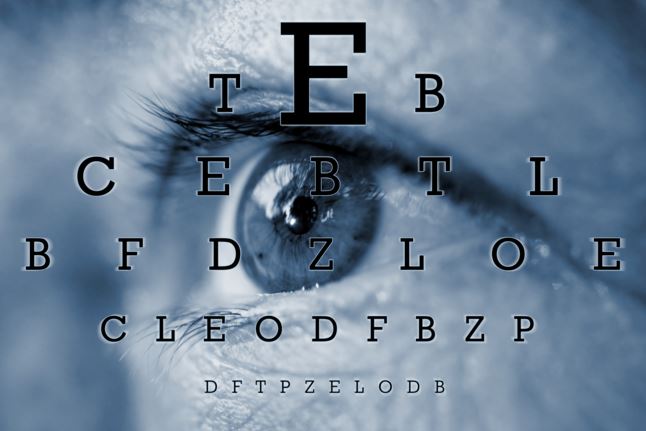
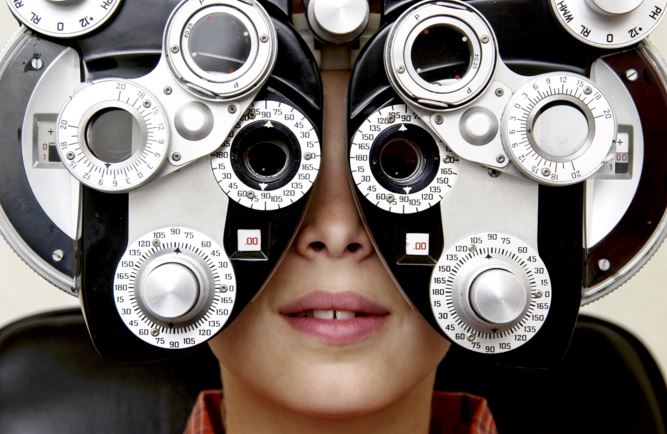
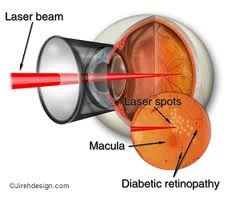
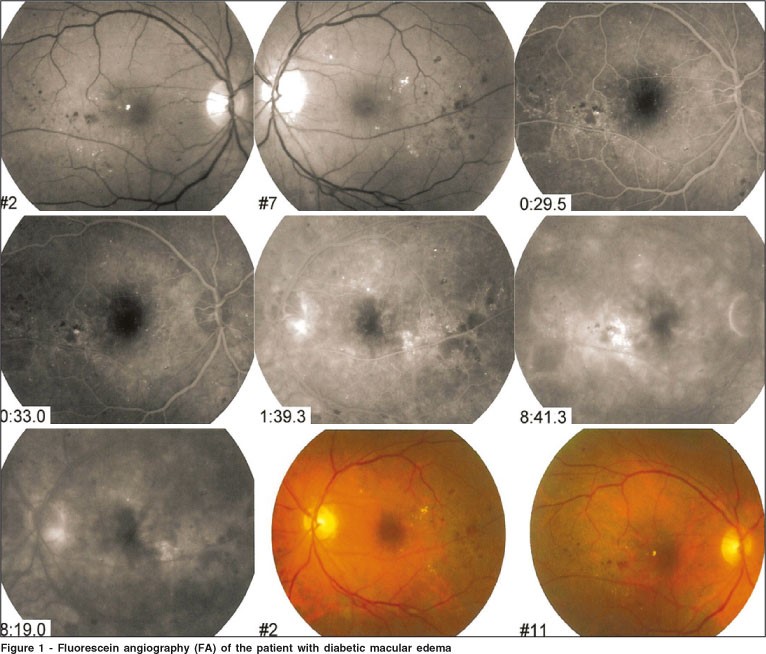

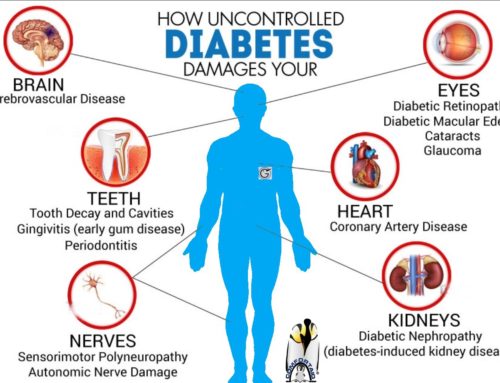

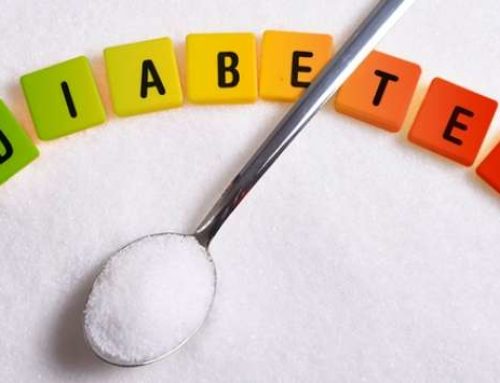
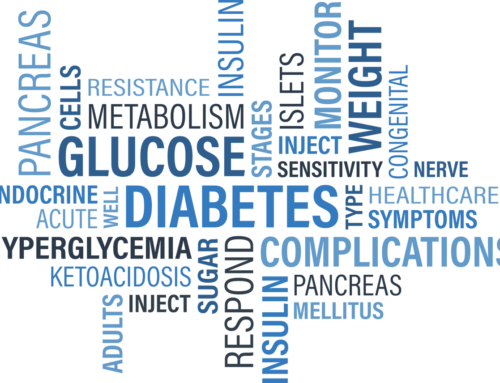
Leave A Comment